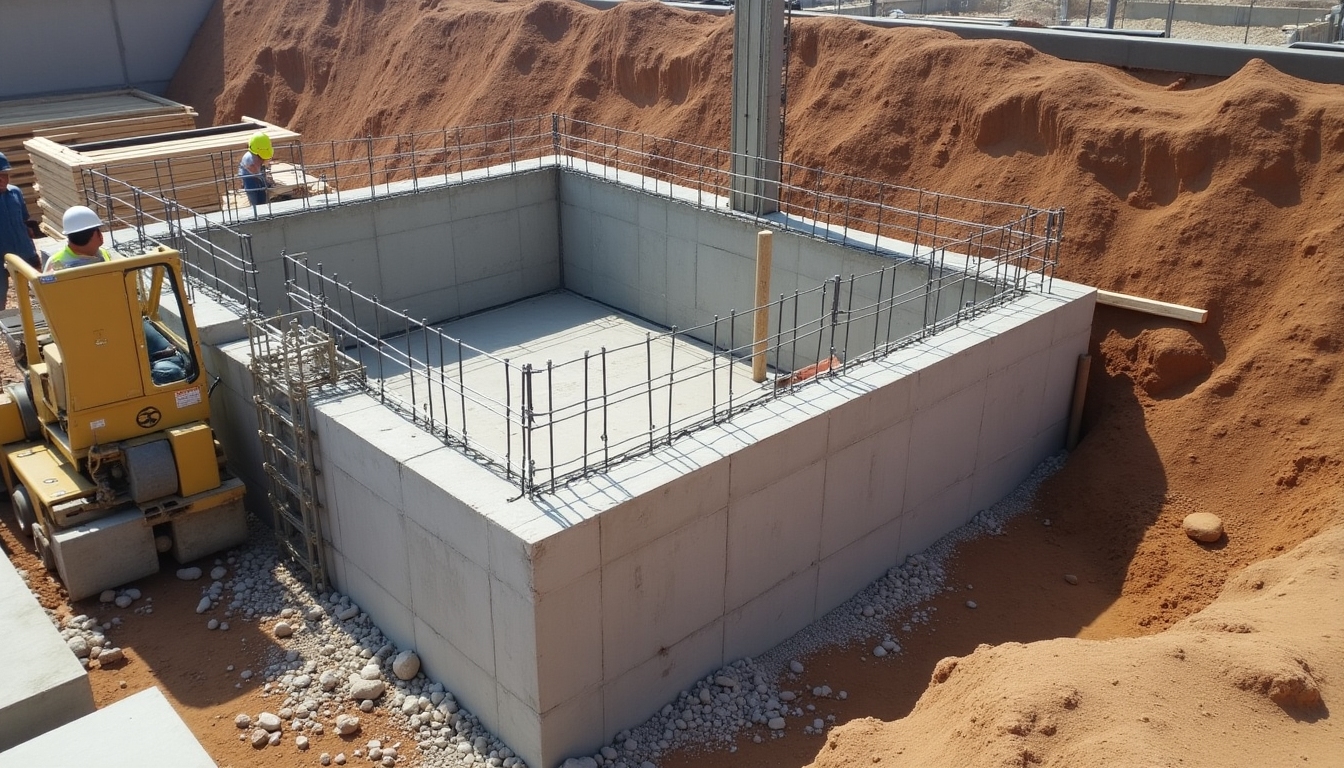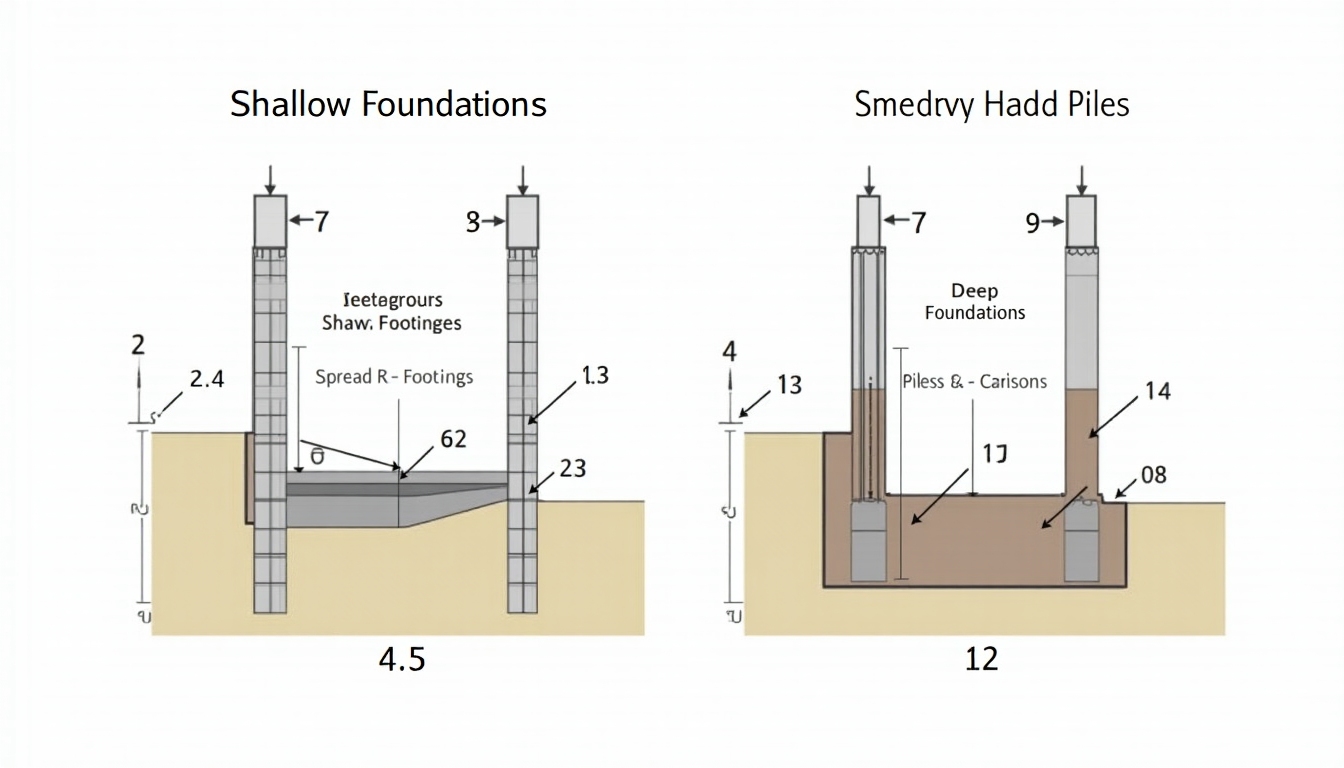Foundation Design Principles for Engineers and Architects
Foundation Design: Building Lasting Strength
Foundation design principles lay the groundwork for durable and safe structures. Whether you're an engineer or an architect, understanding these principles ensures your projects stand the test of time.

The Importance of Foundation Design
Foundation is not just a starting point; it's the backbone of the entire structure. Ensuring that your building stands firm begins with sound foundation design practices that comply with local building codes. These foundational elements protect structures from natural forces and sustain longevity, making this phase essential for any construction project.

Key Foundation Design Principles
-
Load-Bearing Capacity: Ensuring that the soil and foundation can support the weight of the structure is crucial. This involves assessing soil properties and using them to determine the right type of foundation.
-
Soil Analysis: Understand the soil composition to prevent future issues such as subsidence. Engineers often perform borehole tests to gather data on soil properties.
-
Building Codes Compliance: Every region has specific building codes, and adhering to them is non-negotiable. These codes influence the design in terms of load capacity, materials allowed, and environmental considerations.
-
Environmental Considerations: Natural elements like rainfall, temperature, and seismic activity impact foundation choices. For example, in earthquake-prone areas, foundations must be designed to withstand seismic forces.

Personal Insights on Foundation Design
Having worked in the field for over a decade, I've witnessed the pitfalls of skimping on initial soil analysis first-hand. Once, a project underestimated the local water table levels, leading to increased basal pressure during heavy rains. Such insights emphasize the necessity of thorough preliminary research and adherence to design principles.

Common Types of Foundations
- Shallow Foundations: Ideal for lightly loaded structures, these include spread footings and rafts. They are economical and suitable when the soil is dense and stable near the surface.
- Deep Foundations: Used when the soil near the surface is inadequate. Piles and drilled shafts transfer loads to deeper, more stable strata.
Actionable Insights for Better Foundation Design
- Proactive Site Analysis: Never ignore red flags during surveys. Encountering wet soil? Investigate groundwater issues immediately.
- Collaboration is Key: An interdisciplinary approach often reveals insights that might be missed when working solo. Architects and engineers should engage in open discussions through the project's lifespan.
- Stay Updated: Building codes evolve; don't rely on outdated practices. Continuous learning and adjustment are crucial.

Summary
Foundation design principles for engineers and architects are pivotal in constructing reliable, safe buildings. By focusing on load capacity, thorough soil analysis, and environmental impact, professionals can devise solutions that adhere to building codes while ensuring structural integrity. Continuous learning and interdisciplinary collaboration are essential aspects of success in this field.





